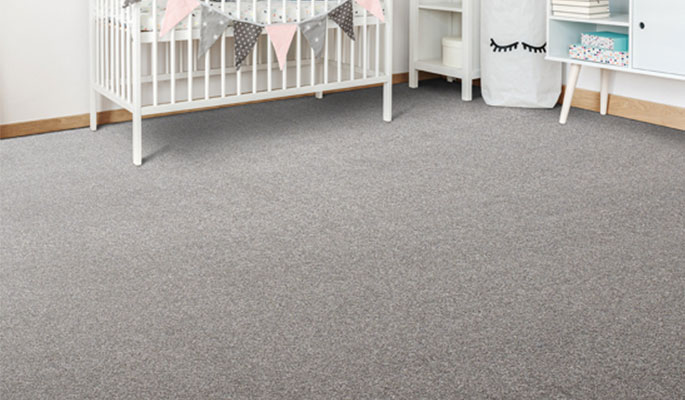Underlay Explained
Underlay is an essential addition to your new carpet and plays a variety of vital roles that will ensure any new carpet performs to the best of its ability. After all, a carpet is a major decision when redecorating your home. You should always be considering underlay with the purchase of any new carpet, and the only question you should have is what type. The following article looks at the options available to you and covers the benefits of installing a good underlay in your home.
The Benefits of Good Underlay
Customers often ask whether underlay is essential. To put it simply, the answer is yes. It’s important that you make the right choice of underlay to ensure it suits your chosen type of carpet and gives you the best possible results. Poor underlay will leave your carpet feeling hard underfoot and can significantly reduce the life of your carpet. The fibres in your carpet will break down far quicker without the protection of underlay, and this will lead to premature wear and damage. Even with luxury carpets, good quality underlay will vastly improve the comfort of the carpet underfoot. The extra level of protection also benefits the appearance of your carpet, helping to reduce the flattening of the fibres and smooth out any imperfections on the sub-floor. Through absorbing the shocks of footfall, underlay also has excellent sound insulation properties. This is a critical feature and one that is often overlooked. Installing a top quality underlay will also help with heat insulation in the home, enhancing the overall tog rating of your flooring. It’s important to take into consideration the increase in tog rating when choosing your underlay. British Standards govern carpet and underlay, and purchasing underlay you know up to scratch can save you a great deal of hassle in the future.
Thickness of Underlay
As you might expect, an underlay of different thicknesses is available. It’s generally recommended to use underlay no thicker than 12mm. When looking at thickness, you must consider the density of the underlay. Thick underlay with low density will – as you can imagine – not perform particularly well, losing its shape, structure and stability. 7mm and 9mm are the most common thicknesses used in most domestic installations, although 11mm underlay is often used in certain luxury applications. Of course, this type of underlay is extremely dense to provide the best combination of support, comfort and durability.
Explore our range of carpets, flooring & beds
Customer Stories
Once an order is complete we always encourage customer feedback. Here’s a selection of different projects and customer comments.
The Downs Difference
At Downs Carpets & Beds, we stay true to our original core values. Take a look at why our customers choose us for their beds and carpets time and time again.
Our bespoke service
-
Design consultation: Working collaboratively with you, your designer helps you select the right products.
-
Technical consultation: We will conduct a technical survey, checking all measurements and any unusual angles.
-
Supplying the product: Your chosen product will be ordered and delivered to you in the time frames discussed.
-
Professional Installation: Our expert installers precision fits your product for an exceptional finish.













